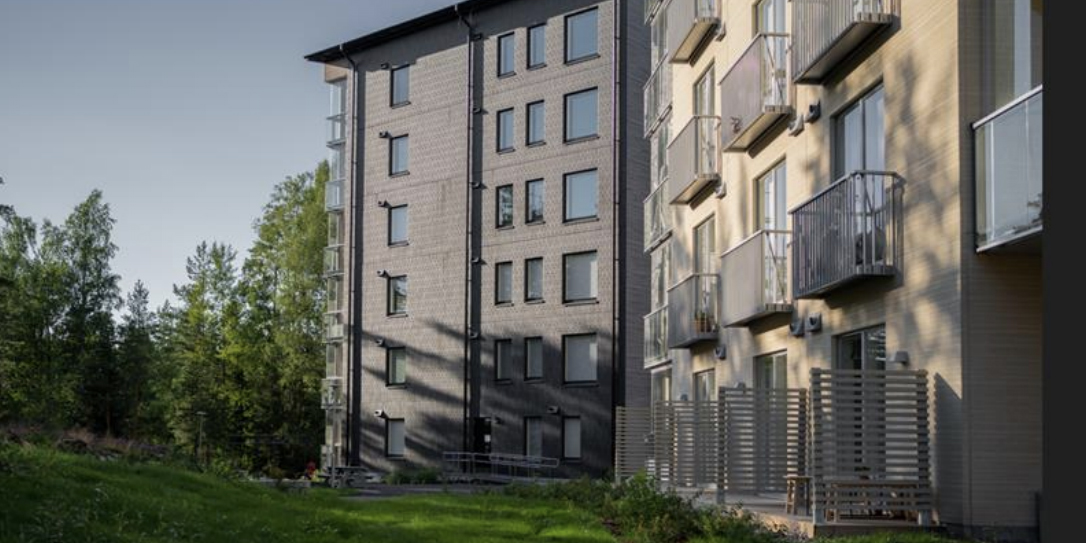“After a strong first quarter followed by close to zero activity in the second, momentum changed during the summer and the Nordic property markets have shown strength in the second half of the year. The number of deals is almost at the same level as last year and activity has picked up in most segments,” says Mikael Söderlundh, Head of Research and Partner at Pangea Property Partners.
The volume in Sweden fell 17 percent to EUR 18.3 billion in 2020, but it remains the largest property market in the region. The volume in both Norway and Denmark ended up fairly close to EUR 9 billion, following a 27 percent increase in Denmark from last year. On the contrary, the volume in Finland fell by 24 percent to EUR 5.0 billion. The total number of transactions in the Nordic market was just above 1,000 and the average deal size was EUR 41 million.
Despite restrictions in traveling, foreign buyers accounted for as much as 34 percent of the Nordic transaction volume in 2020, and in Finland and Denmark the proportion was over 60 percent. Foreign sellers accounted for only 16 percent of the volume, which gave a positive net inflow of capital to the region, for the fifth year in a row.
“The Nordic economies have performed well relative to the rest of Europe after the corona outburst. The Nordic property markets have proven to be very robust, and with the perception as a safe haven it remains attractive for international investors. The cross-border activity has been slowed down in 2020 due to the travel restrictions, but it is returning gradually,” says Bård Bjølgerud, CEO and Partner at Pangea Property Partners.
The largest property segment in 2020 was residentials accounting for 36 percent of the volume, a significant increase from 25 percent in 2019. The second largest segment was office accounting for 24 percent of the volume, followed by logistics accounting for 15 percent. Retail accounted for 8 percent, down from 11 percent last year.
“There has been a general shift towards typical core assets in the market with investors chasing secure and predictable cash flows. In addition, we have seen several sizeable acquisitions of development projects and building rights portfolios at the end of the year,” says Mikael Söderlundh.


 All Nordics
All Nordics
 Sweden
Sweden
 Denmark
Denmark
 Finland
Finland
 Norway
Norway


























